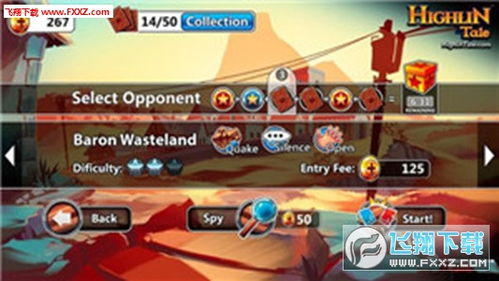来源:小编 更新:2024-10-15 05:08:06
用手机看

Card placement games have gained immense popularity in recent years, offering players a unique blend of strategy, luck, and creativity. In this article, we will delve into the concept of card placement, its significance, and how it has evolved over time.

Card placement refers to the act of strategically placing cards on a game board or within a game environment. These cards can represent various elements, such as characters, items, or abilities, and their placement can significantly impact the outcome of the game.

Card placement is crucial in card games for several reasons:
Strategic Advantage: By placing cards in the most advantageous positions, players can gain a strategic edge over their opponents.
Resource Management: Card placement allows players to manage their resources effectively, ensuring they have the necessary cards to execute their plans.
Game Progression: Proper card placement can lead to a smoother game progression, making it easier for players to achieve their objectives.

Card placement games come in various forms, each with its unique mechanics and gameplay:
Collectible Card Games (CCGs): CCGs, such as Magic: The Gathering and Yu-Gi-Oh!, involve collecting and trading cards to create powerful decks. Players strategically place cards on the battlefield to defeat their opponents.
Trading Card Games (TCGs): TCGs, like Pokémon and Digimon, focus on building a deck of cards and using them to battle opponents. Card placement in these games is essential for creating a balanced and effective deck.
Board Games: Many board games incorporate card placement as a key element, such as Ticket to Ride and Splendor. Players must place cards on the board to progress through the game and achieve their goals.

Here are some strategies to help players improve their card placement skills:
Understand the Game Mechanics: Familiarize yourself with the rules and objectives of the game to make informed decisions about card placement.
Analyze Opponent's Moves: Pay attention to your opponent's actions and adapt your card placement accordingly.
Balance Your Deck: Ensure your deck is well-balanced, with a mix of cards that complement each other and address potential threats.
Plan Ahead: Think about the long-term implications of your card placement and how it will affect the game's progression.

Card placement games have evolved significantly over the years, with several key developments:
Increased Complexity: Modern card placement games often feature more complex mechanics and deeper strategic depth.
Digital Platforms: The rise of digital platforms has allowed card placement games to reach a wider audience and offer new gameplay experiences.
Community Engagement: Card placement games have fostered strong communities, with players sharing strategies, deck builds, and tournament results.

Card placement games offer a rich and engaging experience for players of all skill levels. By understanding the significance of card placement, mastering effective strategies, and keeping up with the evolving landscape of card games, players can enhance their enjoyment and success in these captivating games.